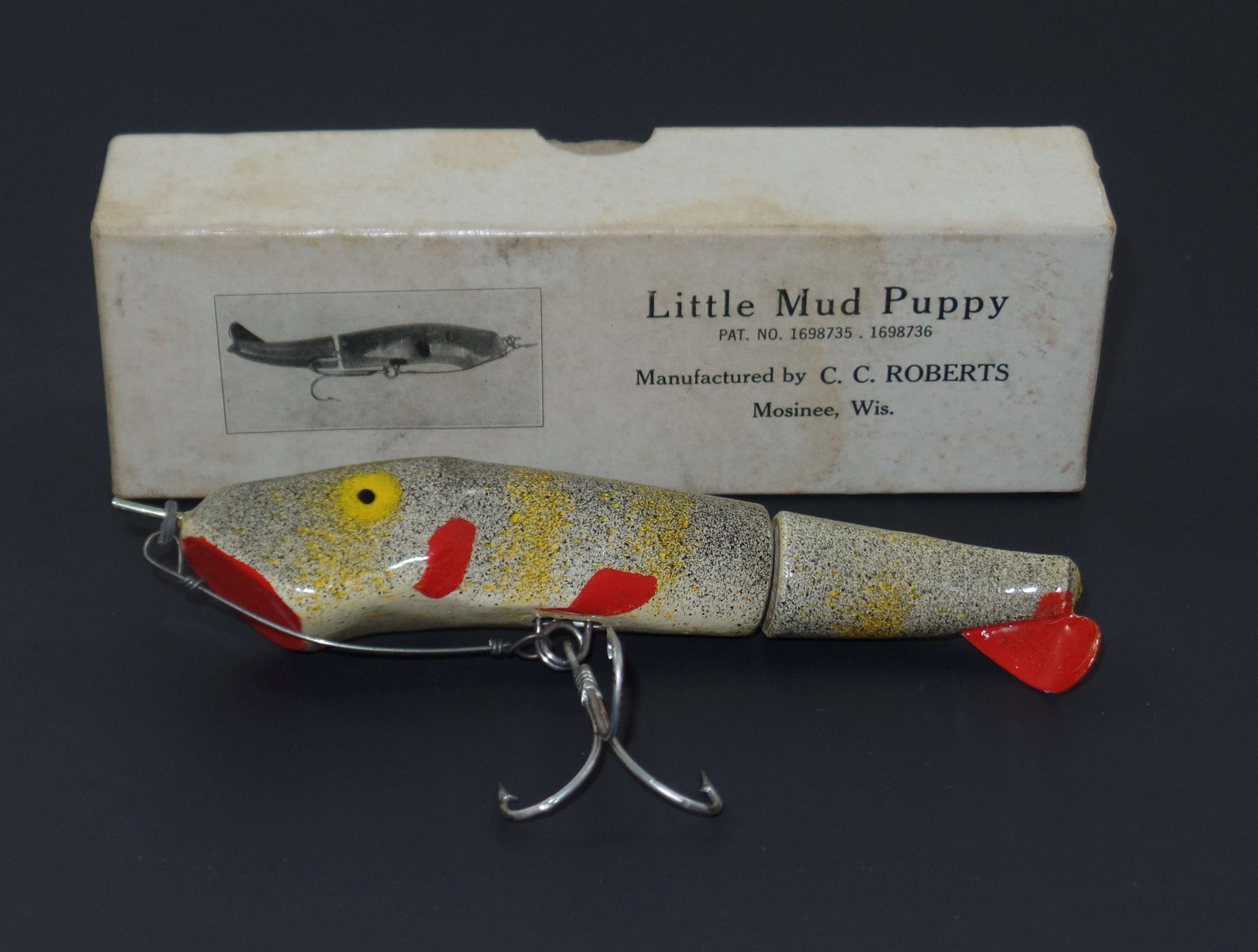
When Chris Lane came close to winning the 2016 Bassmaster Elite Series event on Toledo Bend using a “Whopper Plopper,” sales immediately skyrocketed for the odd-functioning topwater lure.
Even though he came up a bit short at the scales, many of us recall the explosive surface strikes the lure generated for Bassmaster’s videographers … more so, perhaps, than any of eventual-winner Kevin Van Dam’s televised catches.
There was something about the way that lure tracked across the surface — making it’s unique sputtering sound — that kept us on the edge of our seats. Whenever a strike occurred, it was as if we were holding the rod ourselves.
Developed by master angler Larry Dahlberg, the Whopper Plopper is now among the most popular lures in the country, and tackle dealers can barely keep them in stock.
Why? Because they work … and they’re fun to fish.
Where Credit Is Due
Although Dahlberg worked with River2Sea to bring his version of the plopper to market, the truth is, his isn’t the first.
The concept for a tail-spinning, plopping topwater actually dates to 1918, when C.C. Roberts Company introduced the “Mud Puppy.”
Manufactured in Mosinee, Wisc., the Mud Puppy was originally intended for musky and pike, rather than black bass. But, as time passed, angler demand forced the company to add a smaller size.
The earliest models measured 5 1/2 and 7 inches in length and featured a large, single breakaway treble hook. The two-piece bodies were shaped from wood, then hand-painted. Some had painted eyes, others were adorned with glass eyes like those found on dolls and stuffed animals of the period.
Although C.C. Roberts and River2Sea used different materials and techniques to build their lures, the way they function is nearly identical.
Amazingly, after nearly 100 years, the C.C. Roberts Company is still in business, and still making their lures by hand.
Practically buried beneath a mountain of modern manufacturers, the small company has survived simply by refocusing its efforts on the musky and northern pike market — where large, handmade wooden lures continue to experience strong sales.
A Bitter Pill to Swallow
Although Constance Charles Roberts (1888-1955) was awarded a patent for his unique topwater bait in 1928, protection for the design lasts only so many years (usually 14 to 20). After that, it was fair game for anyone to make and market it.
Current company owner, Jim Rheinschmidt can’t help but feel slighted by the success of his contemporary rivals. “There’s not much we can do about it,” he confides. “The patent ran out decades ago, so we just try to stay focused on our customers and what we can make.”
Typical of other so-called “inventions” in fishing, River2Sea’s offering is simply a modified reintroduction of the Roberts design.
Rheinschmidt’s father acquired the company from the Roberts family in the 1940s, and they have held it ever since — making their lures in the same fashion as the inventor did nearly 100 years ago.

